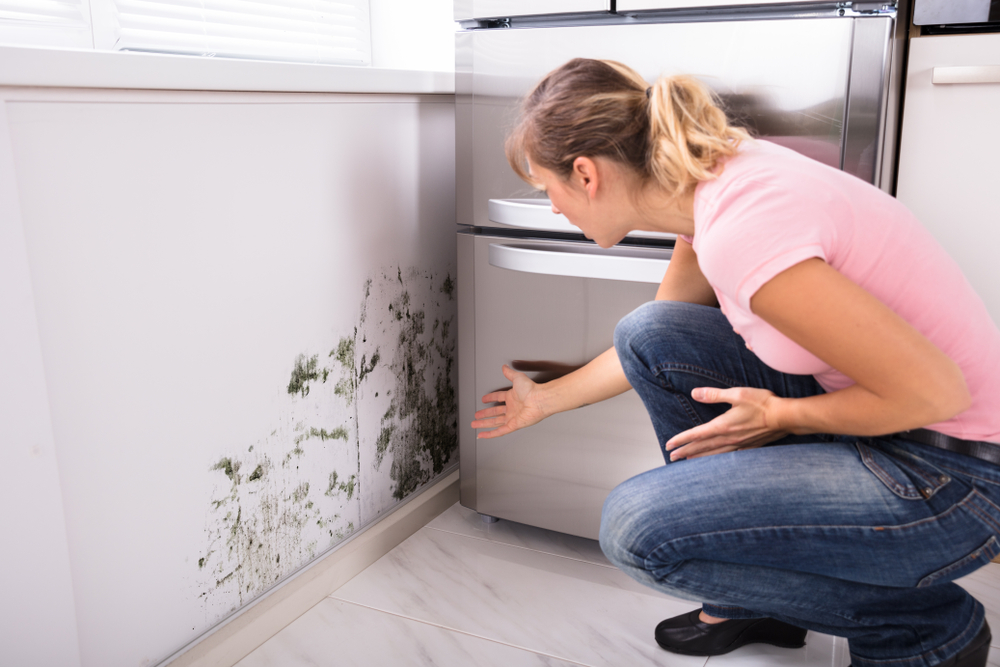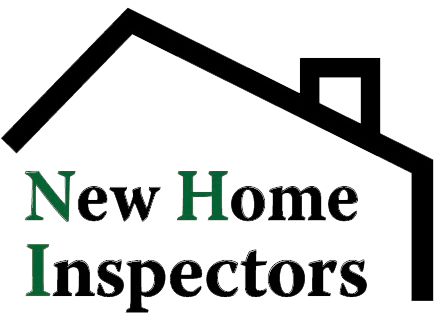
Mold can be a huge issue in Long Island homes. With the moisture in the ground and in the air, mold will quickly grow. While New Home Inspectors do not do a mold inspection, we can help you avoid issues with mold in the future.
Click here to see a sample report of what we do inspect!
How Mold Affects a Home’s Sale
Mold can be a huge issue when buying or selling a home. It can cause structural damage, health problems, and even financial losses. If we notice growth on or in a home, we will recommend a mold inspection.
In some cases, the seller may be forced to fix the mold before the sale goes through. In other cases, the buyer may choose to back out of the deal.
So, how do we avoid all this?
Understanding How Mold Grows
First, let’s consider how mold starts to grow. Mold spores are everywhere – in the air, on surfaces, and in dust. They are invisible to the naked eye and can enter your home through open doors, windows, vents, and HVAC systems.
Mold needs three things to grow:
- A food source (organic material like wood, paper, or drywall)
- Moisture
- Warm temperatures
If any of these three things are missing, mold will not be able to grow.
Using Your Home Inspection to Prevent Mold
When you’re buying a home, the home inspection is your chance to identify any potential problems that could lead to mold growth. This is yet another reason to never skip a home inspection! Even common plumbing issues can result in mold growth down the road.
Here are some things to look for on your home’s inspection:
– Water stains on ceilings or walls
– Dampness in crawl spaces or basements
– Loose tiles in bathrooms or kitchens
– Leaks around windows or doors
– Replace old or dirty filters
If any of these issues are found on the inspection and the seller has not corrected them, then you should repair them right away to prevent mold.
4 Simple Ways to Prevent Mold Growth
Like what was noted above, mold is inevitable on Long Island. This is especially true if you have a basement. The key is to take the proper precautions to prevent its growth.
First, utilize a dehumidifier. This will remove the moisture that mold needs in order to grow. Second, fix any leaks quickly. Once water starts coming in, it will not stop on its own. Additionally, water will settle at your home’s lowest point (ie- the basement). Your dehumidifier will take moisture out of the air but will not help if the upstairs toilet is leaking. Third, keep your AC on Auto in order to help keep the air cool and dry. Mold loves warmth.
Finally, ventilate areas that tend to be humid. This includes your kitchen and bathrooms, especially after a shower.
Final Thoughts from New Home Inspectors
If you do find mold in your home, don’t panic! It can usually be removed with a little elbow grease and the right cleaners. However, if the mold is widespread or you’re unsure of how to remove it, it’s always best to call in a professional.
When followed correctly, these tips will help you avoid any major problems with mold down the road.

